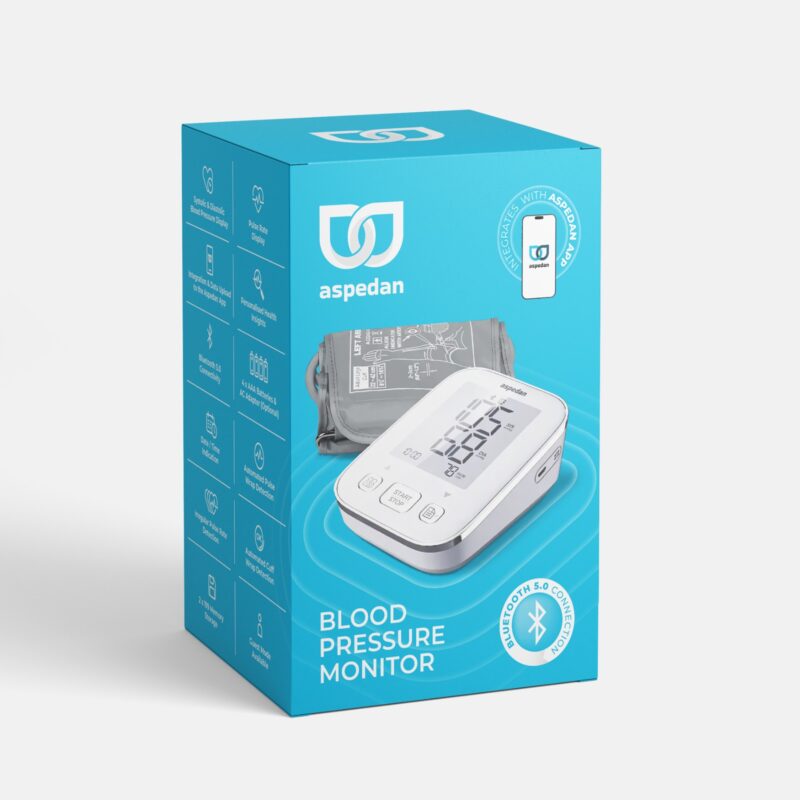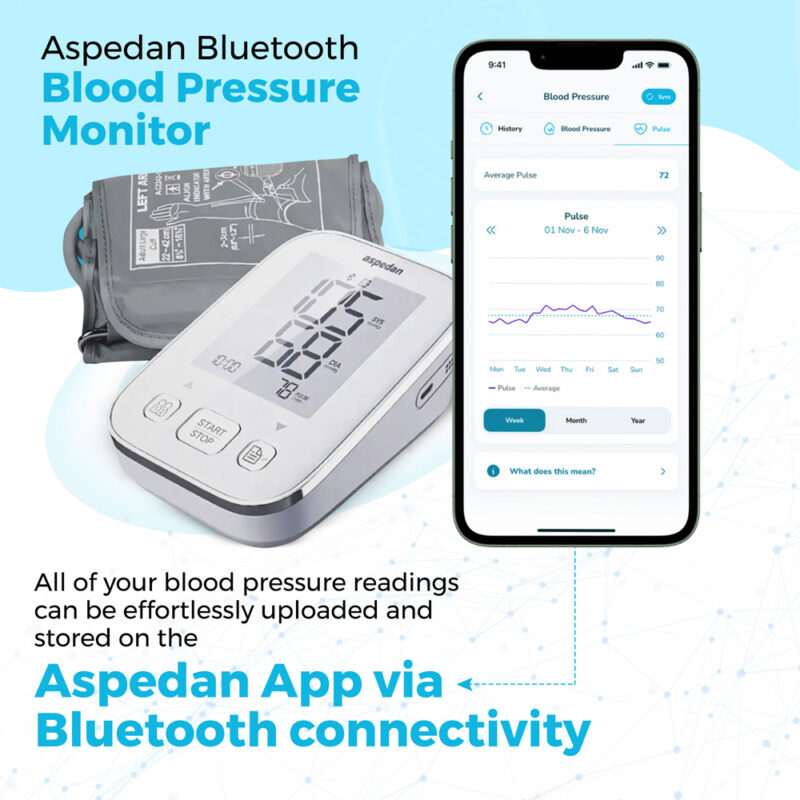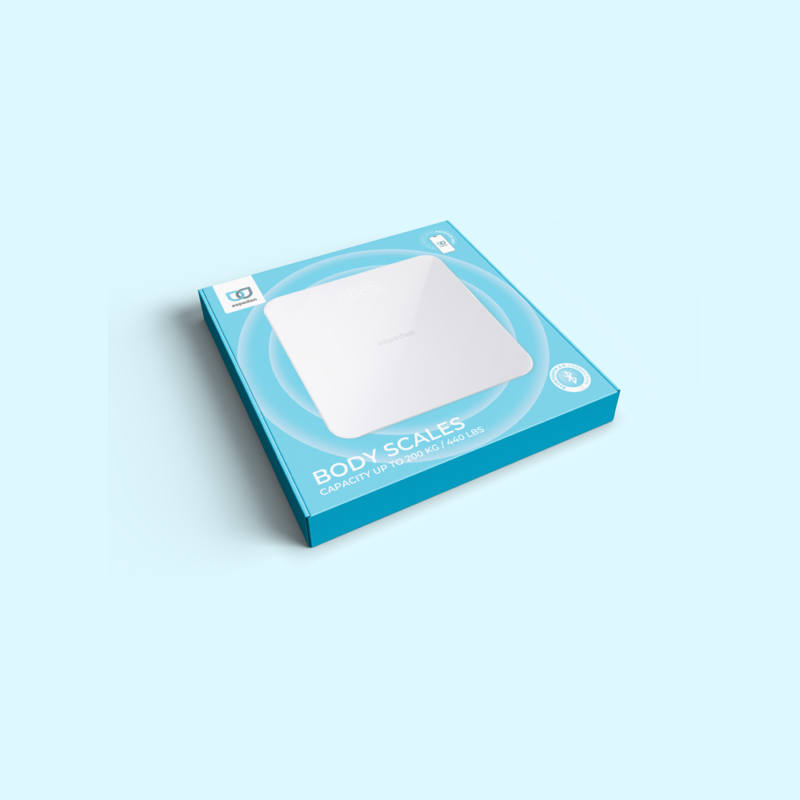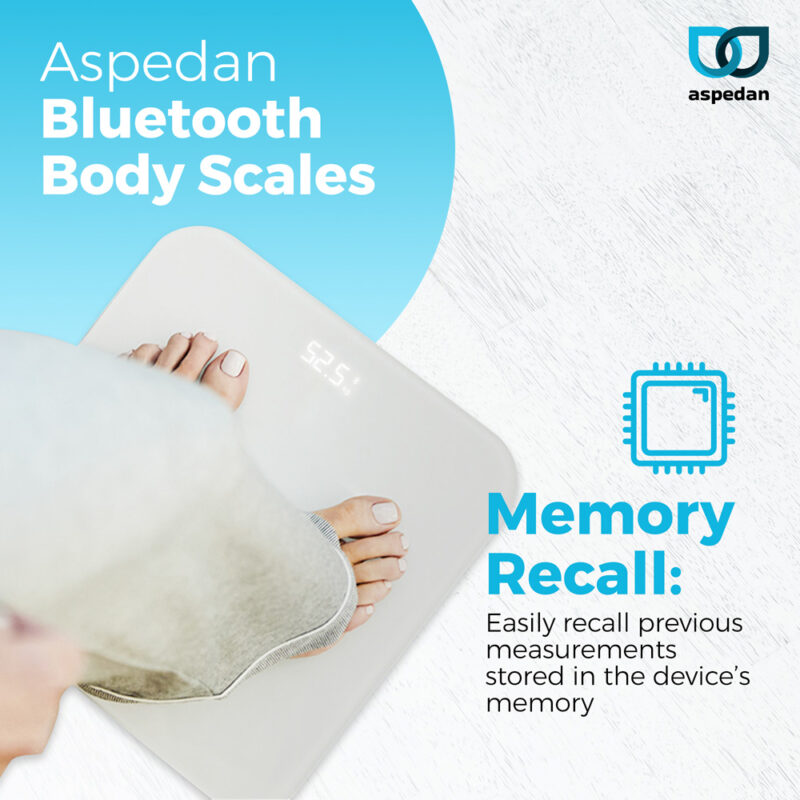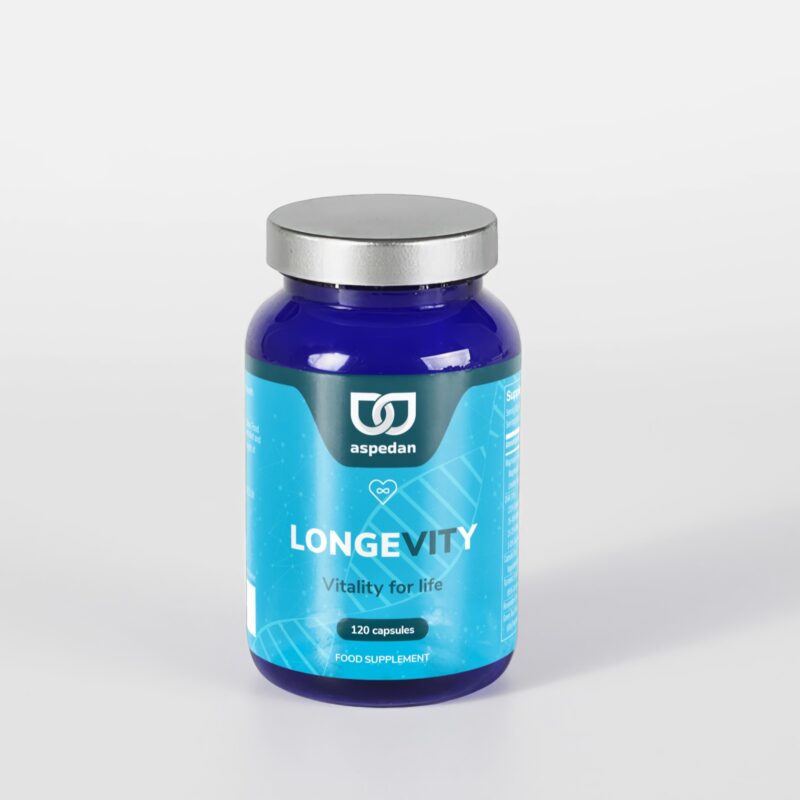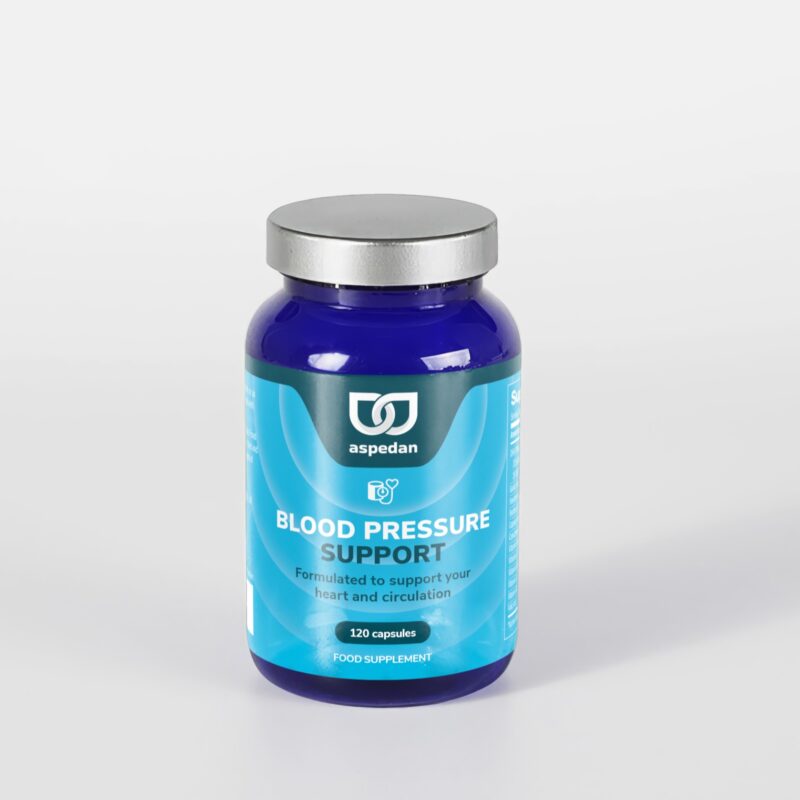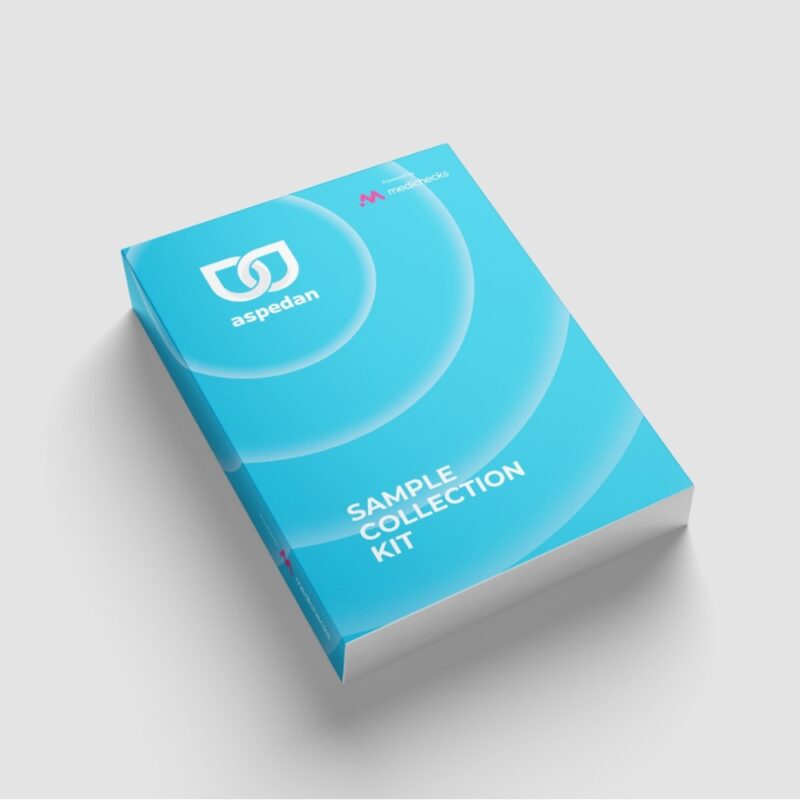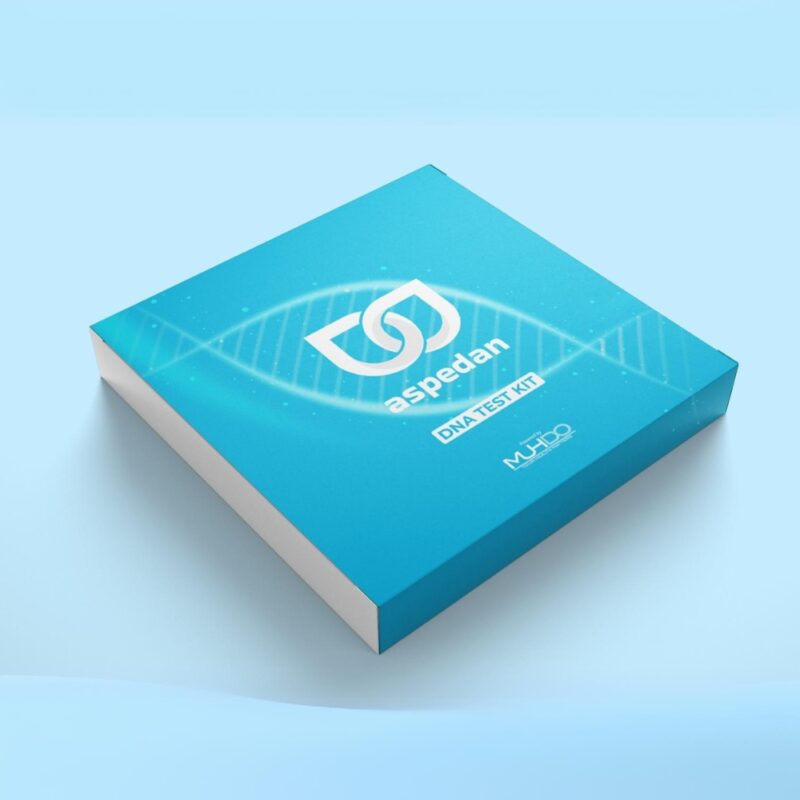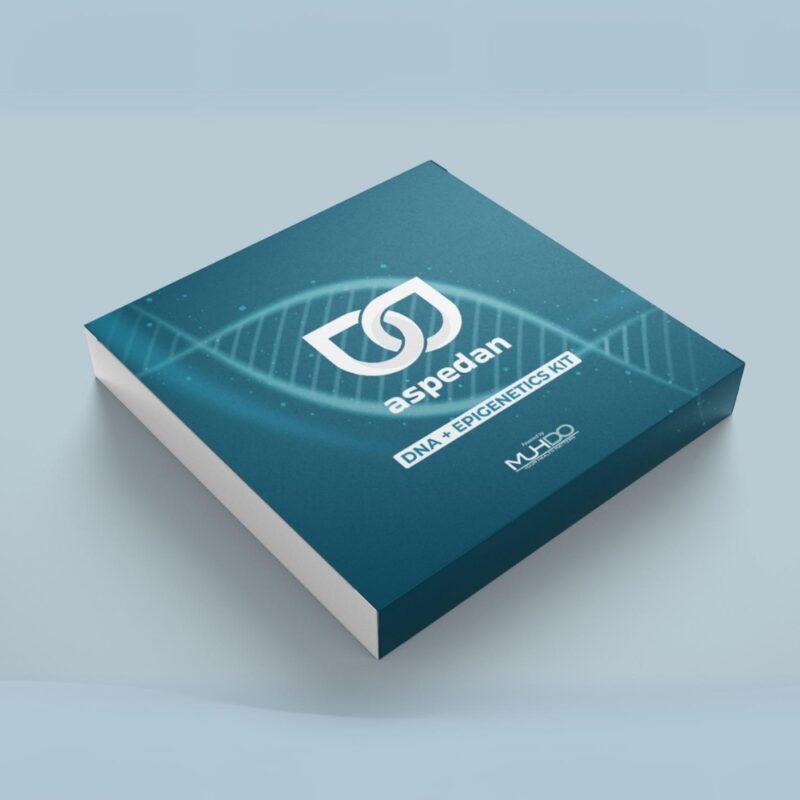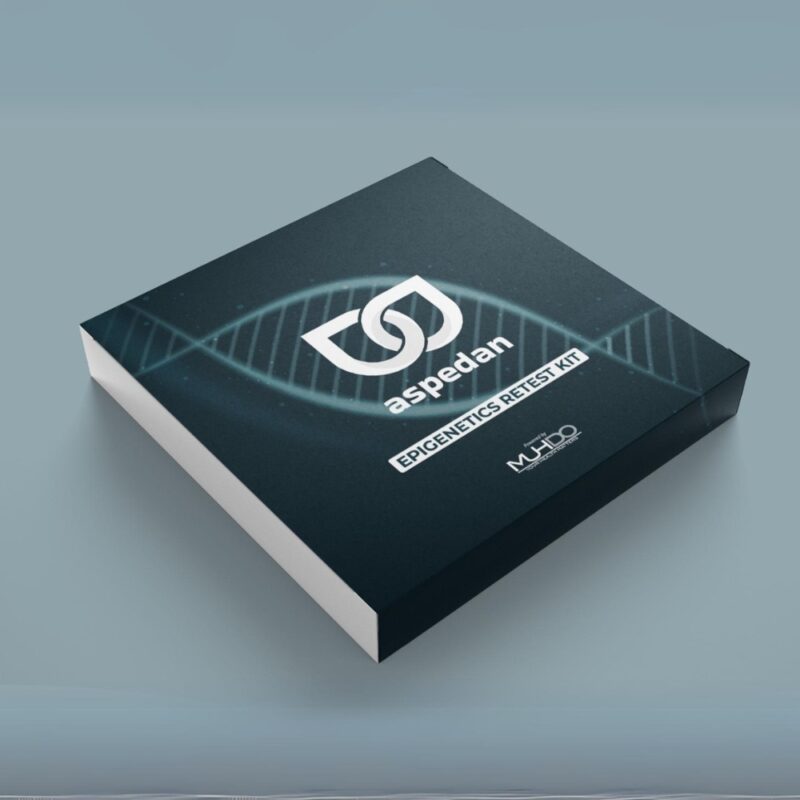🩸 Blood Sugar Converter
Convert between mmol/L (UK) and mg/dL (US) standards
Visual Range Indicator
Conversion History
Conversion Formula
mg/dL to mmol/L: Divide by 18 (or multiply by 0.0555)
mmol/L to mg/dL: Multiply by 18
Example: 180 mg/dL = 10.0 mmol/L
About Blood Sugar
Blood glucose levels indicate how much sugar is in your bloodstream.
Regular monitoring helps manage diabetes and prevent complications.
Normal levels vary based on when you last ate.
When to Test
Fasting: Before meals (8+ hours without food)
Postprandial: 2 hours after meals
Bedtime: Before going to sleep
Always follow your healthcare provider's recommendations.
Emergency Levels
Severe Low: <54 mg/dL (<3.0 mmol/L)
Very High: >400 mg/dL (>22.2 mmol/L)
Action: Seek immediate medical attention
Call emergency services if experiencing symptoms.
Blood Sugar Reference Ranges
| Category | mg/dL | mmol/L | Status |
|---|---|---|---|
| Normal (Fasting) | 70-99 | 3.9-5.5 | ✓ Normal |
| Normal (After Meals) | < 140 | < 7.8 | ✓ Normal |
| Pre-diabetes (Fasting) | 100-125 | 5.6-6.9 | ⚠ Pre-diabetic |
| Pre-diabetes (After Meals) | 140-199 | 7.8-11.0 | ⚠ Pre-diabetic |
| Diabetes (Fasting) | ≥ 126 | ≥ 7.0 | ⚠ Diabetic |
| Diabetes (After Meals) | ≥ 200 | ≥ 11.1 | ⚠ Diabetic |
| HbA1c Normal | < 5.7% | < 39 mmol/mol | ✓ Normal |
| HbA1c Pre-diabetes | 5.7-6.4% | 39-47 mmol/mol | ⚠ Pre-diabetic |
| HbA1c Diabetes | ≥ 6.5% | ≥ 48 mmol/mol | ⚠ Diabetic |
Monitoring blood sugar levels is a crucial aspect of managing health, particularly for individuals living with diabetes or those at risk of developing it. Different countries use different units to measure blood glucose, mg/dL (milligrams per decilitre) in places like the United States, and mmol/L (millimoles per litre) in the United Kingdom, Canada, and many parts of Europe. Converting between these units accurately is vital for interpreting medical advice, adjusting treatment plans, and comparing readings across regions.
That’s where the Aspedan Blood Sugar Converter comes in. Designed with user-friendliness and clinical accuracy in mind, our tool not only converts blood glucose levels between these units but also highlights what the readings mean, normal, prediabetic, diabetic, or dangerously high or low. Whether you’re a healthcare provider, a carer, or an individual tracking their own readings, this converter offers an instant and reliable solution. Integrated with tools like the Aspedan Bluetooth Blood Pressure Monitor, it forms part of a larger ecosystem aimed at making health monitoring simple, accessible, and accurate for everyone. With one click, you gain deeper insights into your health, no maths, no confusion, just clarity.
What Is Blood Sugar?
Blood sugar, medically known as blood glucose, refers to the concentration of glucose present in your bloodstream. Glucose is a primary source of energy for your body’s cells and is derived mainly from the food you eat, particularly carbohydrates. When you eat, your body breaks down carbohydrates into glucose, which then enters your bloodstream. Insulin, a hormone produced by the pancreas, helps cells absorb glucose to use for energy. If insulin production or function is impaired, as seen in diabetes, blood sugar levels can rise dangerously.
Understanding blood sugar isn’t just for people living with diabetes. Even individuals without a diagnosis can benefit from knowing their glucose numbers. High or low glucose levels may indicate a range of metabolic or endocrine conditions. At Aspedan, we believe in simplifying health data. That’s why we developed a smart and intuitive Blood Sugar Converter tool that not only translates glucose units but also educates users on what the numbers mean in real-life health terms.
How UK Blood Sugar Converter Works
The Aspedan Blood Sugar Converter is a dynamic tool designed to help users seamlessly convert between mg/dL (milligrams per decilitre) and mmol/L (millimoles per litre), which are the two primary units for measuring blood sugar across the world. The United States commonly uses mg/dL, while the United Kingdom, Canada, and many European nations rely on mmol/L.
The conversion process is simple:
- To convert mg/dL to mmol/L, divide by 18.
- To convert mmol/L to mg/dL, multiply by 18.
Our tool not only handles these calculations but also instantly analyses the result within context, such as whether the reading is fasting, post-meal, or an HbA1c level. It visually indicates if your value falls within normal, prediabetic, or diabetic ranges, offering real-time guidance and insights.
By using Aspedan’s converter, you’re not just converting units; you’re gaining a better understanding of your health. The tool also integrates with our smart health products like the Aspedan Bluetooth Blood Pressure Monitor, making it easier to keep track of multiple metrics and identify patterns in your health data.
How to Maintain Healthy Blood Sugar Levels
Maintaining stable blood sugar levels is a combination of good dietary habits, regular physical activity, proper hydration, and medical monitoring. Foods rich in fibre and low on the glycaemic index (GI), like oats, legumes, and leafy greens, can prevent sudden spikes. Avoiding processed sugars and refined carbohydrates is essential.
Exercise plays a huge role, too. Regular activities such as brisk walking, cycling, or strength training help increase insulin sensitivity, meaning your cells are better able to use glucose for energy.
Another critical aspect is monitoring. Devices like the Aspedan Bluetooth Blood Pressure Monitor help users stay on top of overall cardiovascular health, and when paired with glucose monitoring, give a comprehensive picture of metabolic wellness. Consistency is key; track your readings, maintain a food and activity journal, and consult your doctor if you notice irregularities. Tools like the Aspedan Blood Sugar Converter empower users to take control of their health with confidence and clarity.
Expert Insights on Blood Sugar Management
According to the NHS and international diabetes associations, consistent blood sugar management can prevent or delay complications such as neuropathy, kidney disease, and cardiovascular issues. Endocrinologists recommend testing fasting blood sugar every morning and HbA1c quarterly for diabetic patients.
Certified diabetes educators (CDEs) often suggest combining tools like our Blood Sugar Converter with home health devices such as the Aspedan Bluetooth Blood Pressure Monitor for holistic monitoring. By analysing trends rather than isolated readings, you can work with your GP or endocrinologist to adjust medications, diet, or lifestyle effectively.


